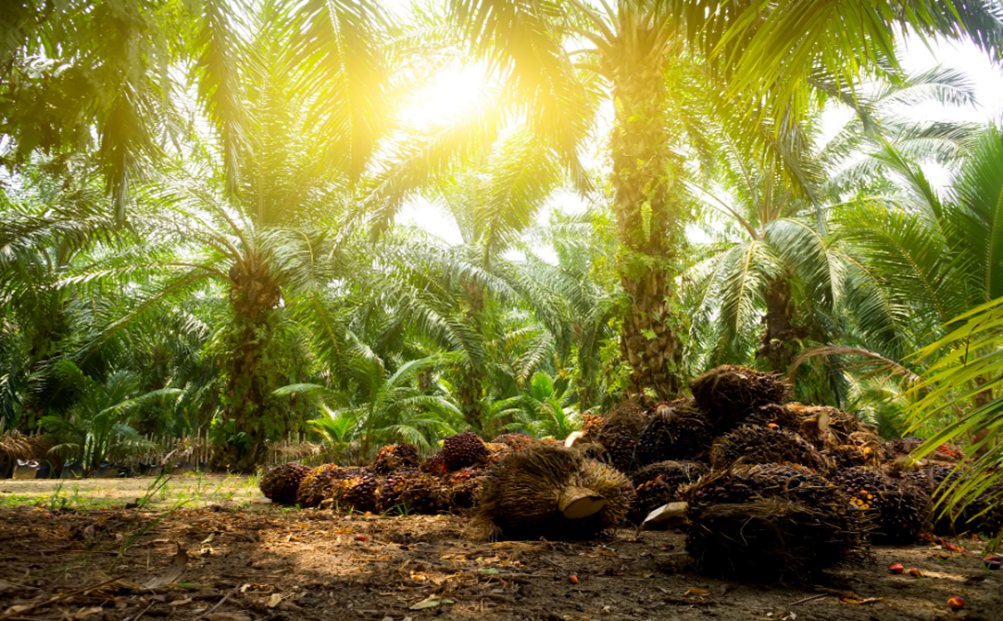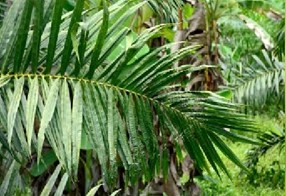How to choose fertilizers for palm trees to increase fruit yield.

How to choose fertilizers to make oil palms yield more fruit.
Do you know that oil palm trees, grown by farmers, are cared for and fertilized during specific seasons to ensure good yields, which are then processed into palm oil for us to use today? The timing of fertilization is very important. If fertilizer is applied at the wrong time, it can reduce efficiency and crop yield.
Farmers typically avoid fertilizing during the dry season and when there is prolonged rainfall because the fertilizer can be washed away by the rain. Effective fertilization is generally done in two periods: the beginning of the rainy season and the end of the rainy season. During these times, oil palms can absorb the nutrients needed to nourish the trees adequately. For example, Boron fertilizer is one of the nutrients that oil palms require in large quantities to ensure good yields. In addition to applying fertilizer at the right time, there are many other factors to consider, such as soil pH levels, climate conditions, water availability, fertilizer amounts, pests, diseases, and oil palm weeds.

But wait!! How can we tell if our oil palm trees have received enough fertilizer?
The lower leaves turn yellow-orange, and this becomes more noticeable when exposed to light, indicating a magnesium deficiency.
Curling or wrinkling leaf tips, hook-shaped tips, or translucent streaks on the leaves indicate a boron deficiency.


Curled, twisted, or misshapen leaf tips, resembling hooks, are signs that the oil palm is deficient in boron.

How to put it It is recommended to build a pile and splash. Boron together with other foliar fertilizers to provide nutrients and organic matter obtained from the decomposition of the heap. It acts as a fixative to prevent fertilizer from being washed away by water or rain, and also helps soil microorganisms to decompose nutrients into a form that can be used by oil palm trees.
Reference : Surat Thani Oil Palm Research Center Research Institute of Agronomy and Renewable Energy Crops Department of Agriculture


